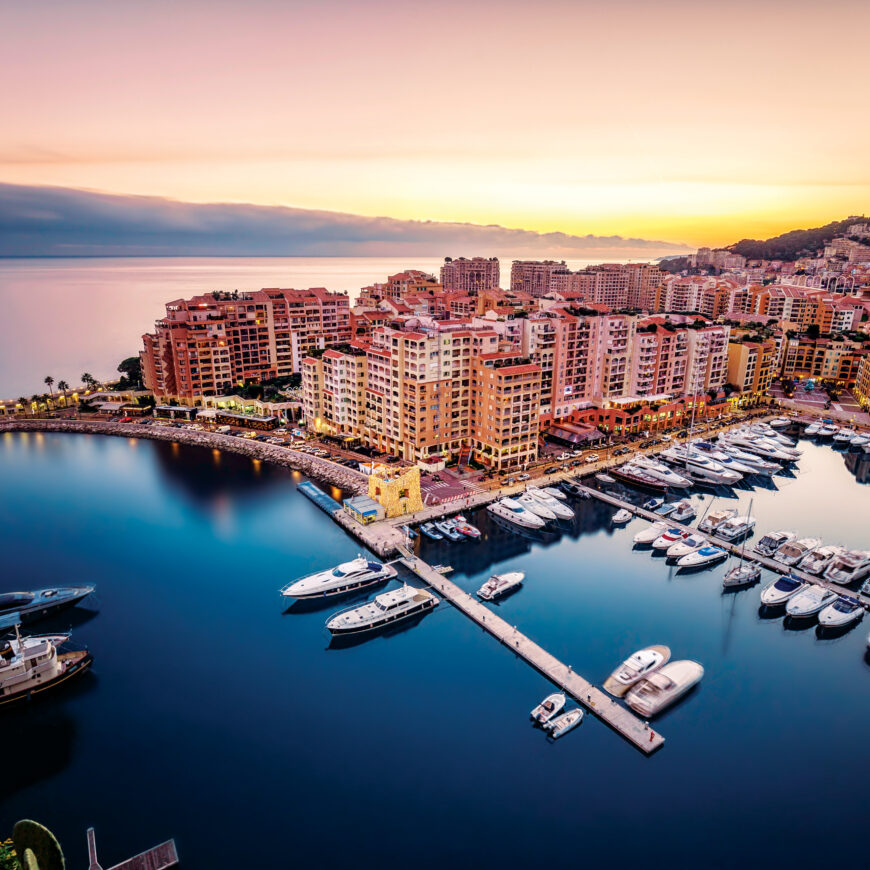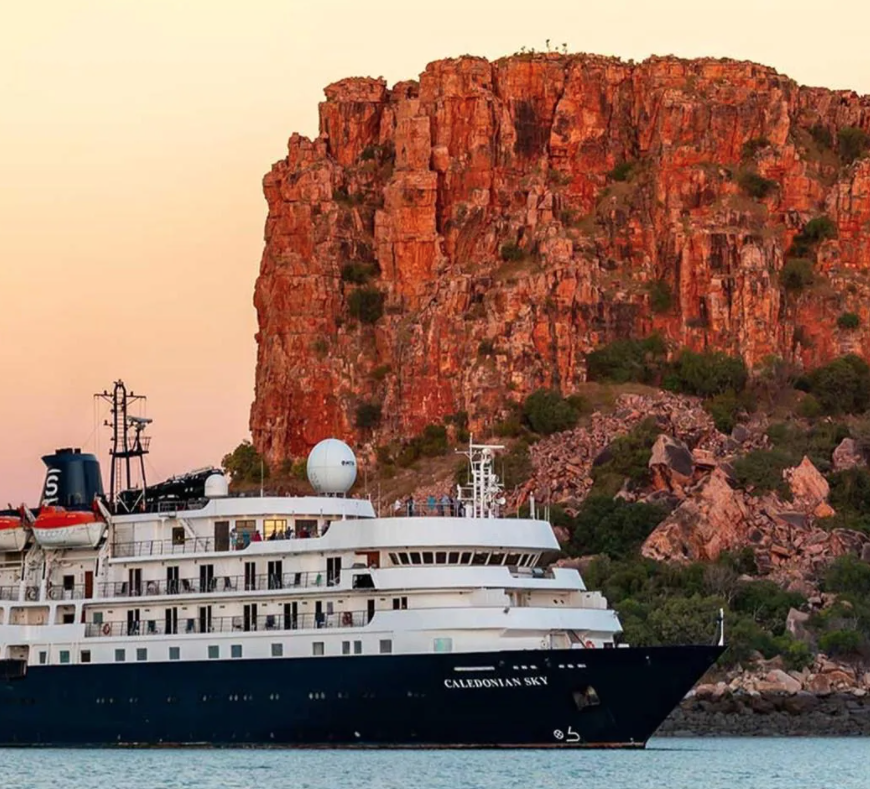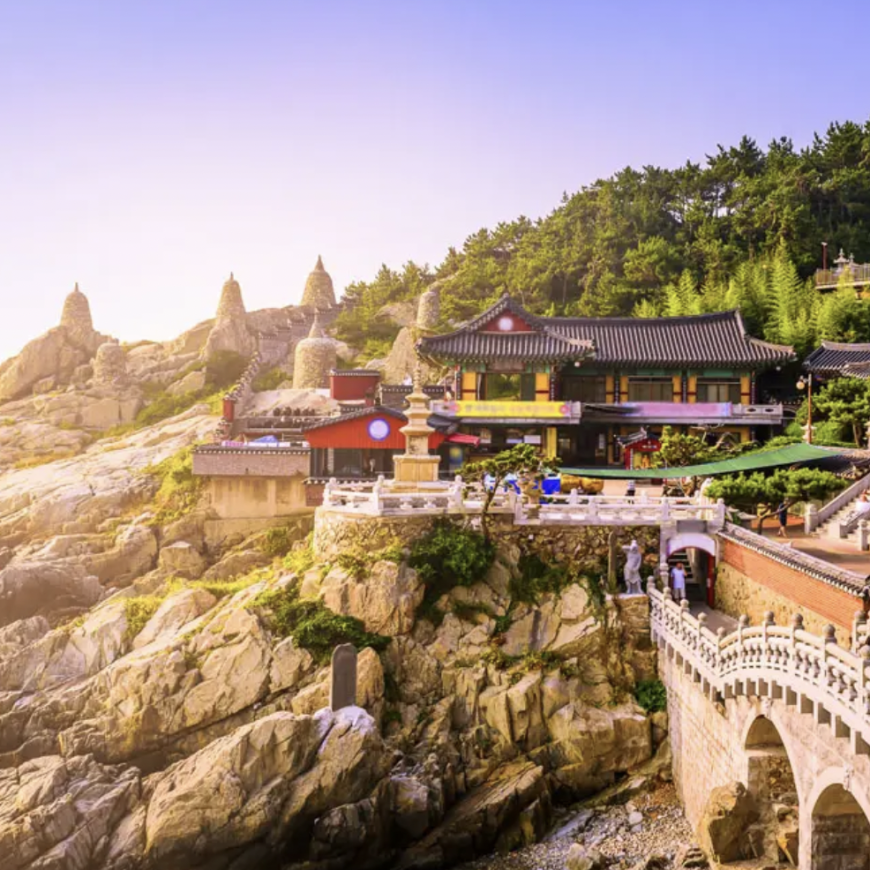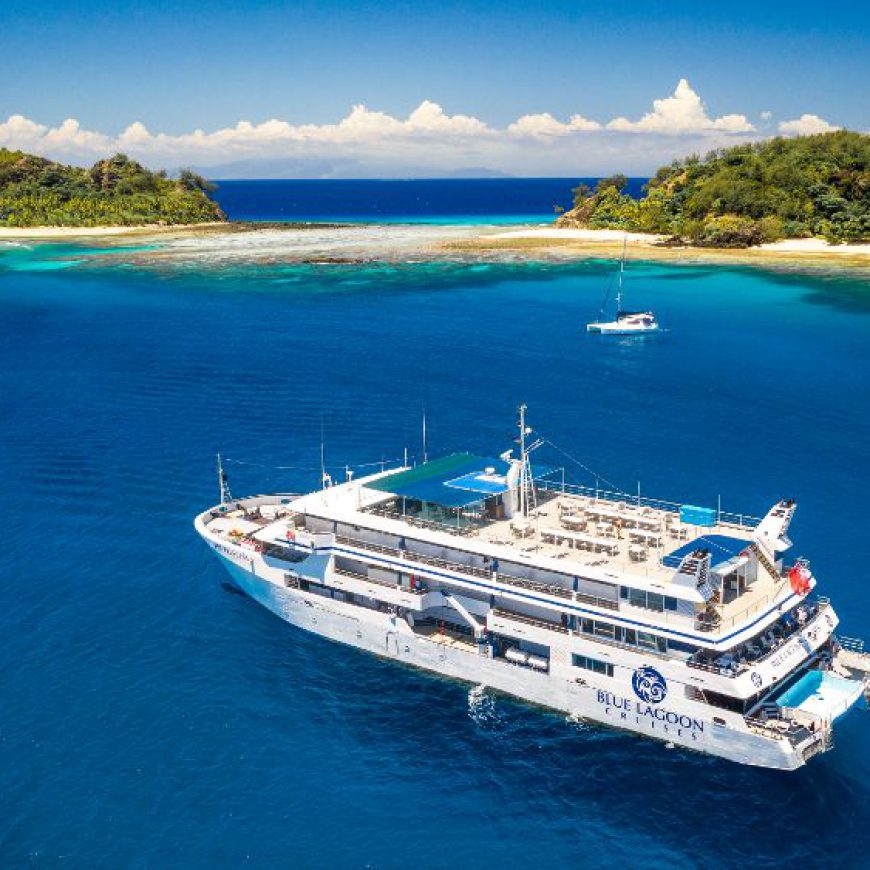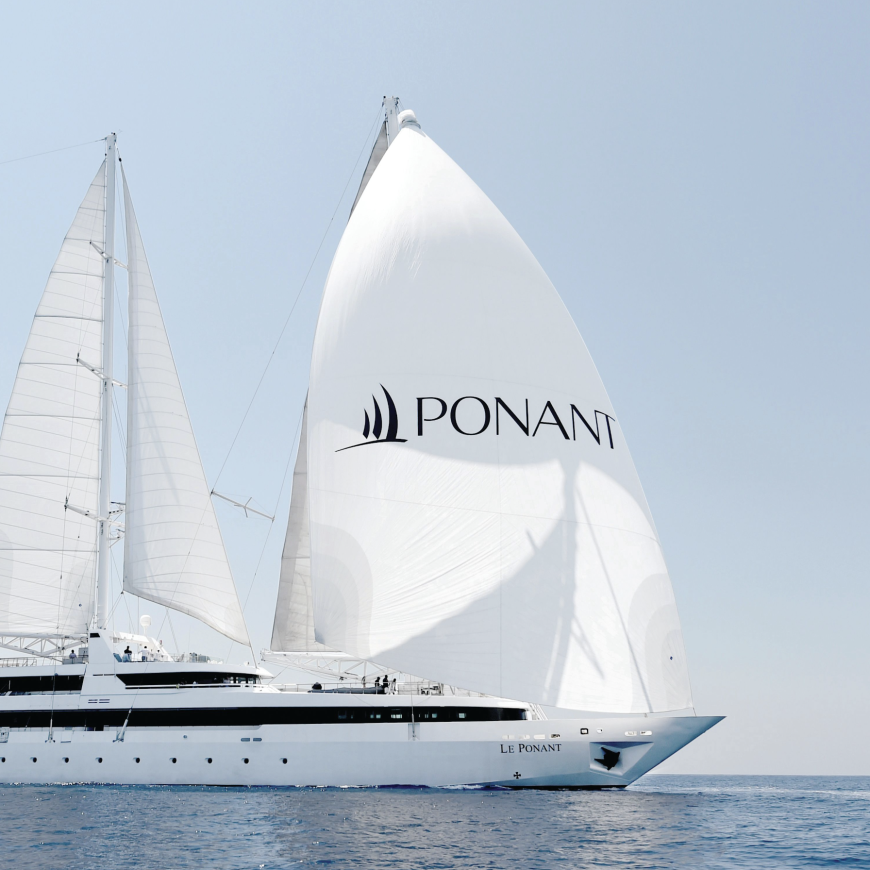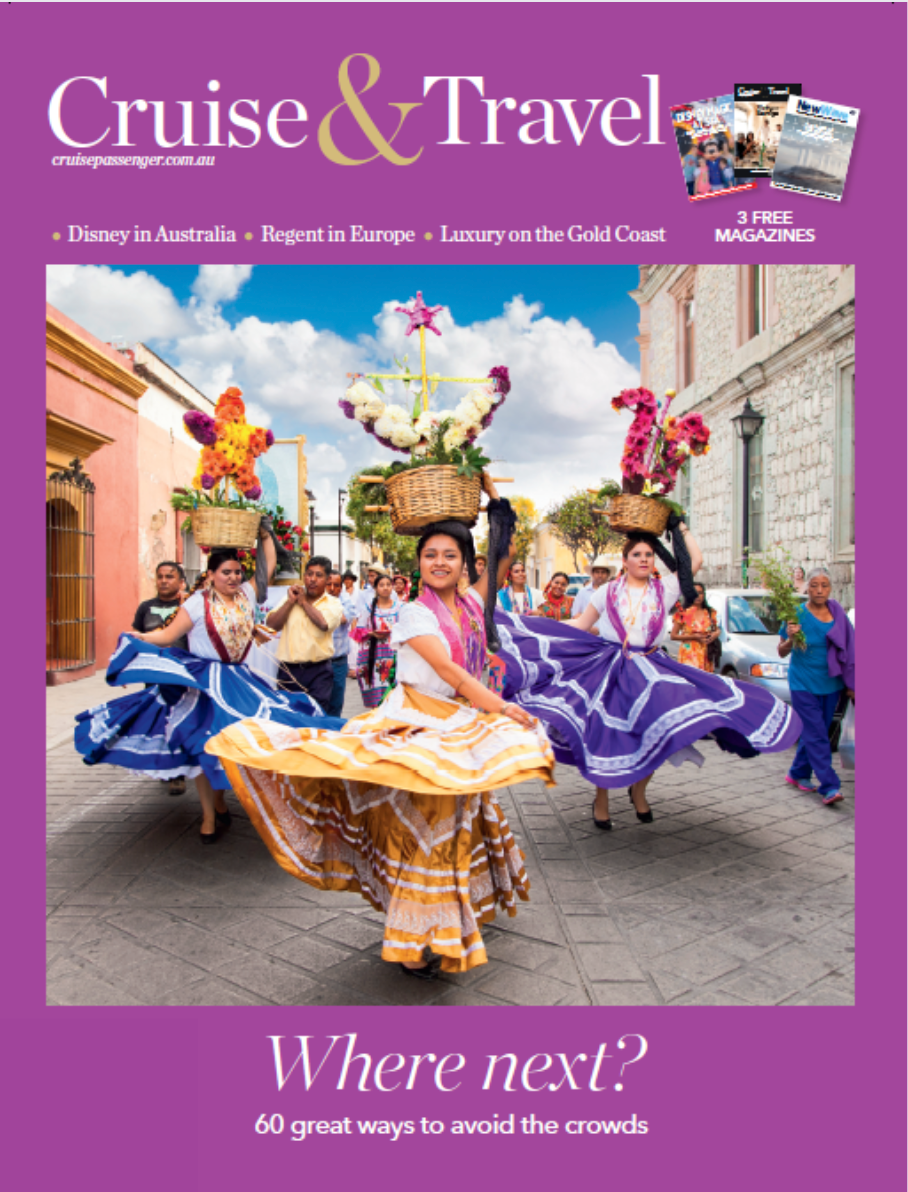Kimberley sparks cruise boom – and concerns over safety and overcrowding
DestinationsBy Brian Crisp and Peter Lynch
The Kimberley, jewel in Australia’s cruising crown and boasting two World Heritage sites, is in serious danger of becoming overcrowded as more and more cruise lines plan to sail in the region.
One veteran of 28 years, Coral Expeditions, describes the pristine region as “a powder keg ready to blow”. And Ponant, which has sailed the area for years with its small ships, is calling for the establishment of systems similar to those in the Arctic and Antarctic to ensure that over-use doesn’t mean ships will congregate at iconic places all at once.
Cruise lines are in talks with WA Tourism and Cruise Broome to create rules around who can sail where and when. Cruise Broome chair Shayne Murray told us it is hoped a voluntary registry of plans can be established.
Over the next two seasons, The Kimberley – one of the oldest and largest wilderness areas in the world with UNESCO listings – will see a big jump in ships operating along the north-western coastline of Western Australia.
A number of newcomers are planning voyages, while others are stepping up vessel numbers, including Silversea, Scenic, Lindblad and Swan Hellenic. They will join established operators Coral Expeditions, Ponant, APT and True North in this stunningly remote region.
Ponant is bringing Le Ponant down to the region next year as the only sailing vessel to ply the Kimberley – an important step in giving the area a unique green alternative.
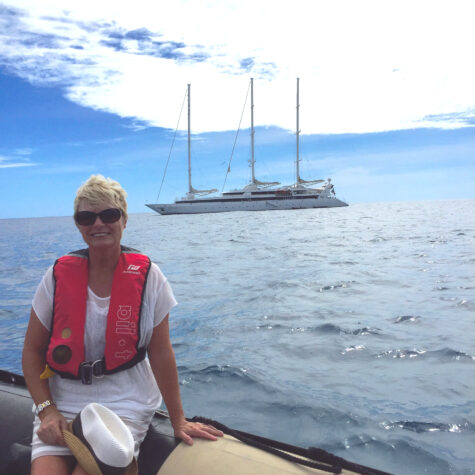
Coral Expeditions has been sailing in The Kimberley for the past 28 years. The company’s commercial director Jeff Gillies has written to both the West Australian and federal governments warning them that it is becoming a “free for all” in the region that he now describes as a “powder keg waiting to blow”.
“As a local Australian line we feel there is a very hands off approach from government and the region is in real risk of becoming overcrowded,’’ Mr Gillies said. “It seems there is a view that these are such vast spaces that crowding will not be a problem.
“We are writing to both state and federal bodies to express extreme concern. These are some of the most sensitive natural areas and treacherous waters and few lines have the operating nous to know what they are going to be dealing with.’’
Ponant’s Asia Pacific chair Sarina Bratton told Cruise Passenger: “There has been discussion around how to view visitation. Should it be by passenger numbers/capacity, should it be by tonnage, should it be by length.
“These discussions will likely need to involve the Departments of Transport and DBCA if we decide to be recommending certain anchorages for certain vessel sizes, in or out of marine parks.
“It’s not a quick fix solution. We are working through this and Tourism WA is also facilitating discussions.”

Mr Gillies said the 11-metre tides that occur in parts of The Kimberley mean that inexperienced seafarers can get stranded in the wrong place, at the wrong time.
The Kimberley Coast is home to more than 30 percent of Australia’s islands, and life is dominated by the tides which are the biggest in the Southern Hemisphere. To put it into perspective, the 11-metre difference between high and low tide is about the height of a two-storey house.
Some lines have expressed concern that there is no need for special navigational training, and Mr Murray agreed that training or some kind of system similar to port pilots would be a good way to mitigate safety concerns.
Mr Gillies said that naturally cruise lines will converge on highlight areas such as King George Falls, Horizontal Falls, Kings Cascades and Montgomery Reef ,which will fundamentally become inoperable if multiple ships visit at the same time.
“The tides in the Kimberley mean that some sites are only at their best for two hours per day,’’ he said.
“It loses the feeling of a natural wilderness if there are too many ships.
“Most of the waters are not charted and we are already seeing foreign ships take all sorts of liberties about exploring and landing where they should not.’’
The Kimberley, according to Mr Gillies, is different from the Arctic or Galápagos Islands because you can only see the highlight spots when tides allow.
He believes that ultimately it is up to the West Australian Government to act. “The West Australian Government benefits most from Kimberley tourism. They should take control and monitor the situation and provide licences for operators.
“We think the right number of operators is about three-to-four. Our voice has been consistent. Competition is welcome, but we need rules because even with the best of intent, cruise lines can’t self regulate. It doesn’t work.”
Mr Gillies said that some cruise lines have sold Kimberley cruises, but had never actually sailed to the region.
“Anybody can say the are going to sail in The Kimberley,’’ he said. “Some lines are selling top price tickets to guests. They then cancel, and the cruise doesn’t go ahead.
Recently, Island Escape Cruses NZ collapsed leaving devastated passengers with some demanding tens of thousands of dollars compensation. The company’s 53.5 metre superyacht, Island Escape, has been impounded at Broome Port.
Ms Bratton, a leading industry figure whose Orion Expeditions sailed the area over a decade ago, told Cruise Passenger: “Via the Kimberley Marine Tourism Authority (KMTA) and DBCA (Department of Bio-Security, Conservation & Attractions WA) we have been in dialogue with both groups for a number of years.
“The co-operation and collaboration of international expedition operators in the remote and pristine areas of Antarctica and the Arctic are well tested. This is via IAATO for Antarctica and AECO for the Arctic. These organisations also set certain minimum operating standards and codes of contact.
“The intent of this collaboration is to not have multiple ships in the one by at the one time. As said, this a well tried and tested system that could operate for the Kimberley. We encourage an organisation similar to IAATO would be of benefit. Perhaps that organisaton could be managed via an organisation like Cruise Broome or similar.”
She added: “I don’t believe an “authority to regulate cruise ship sailings” is required. We believe a booking system, similar to IAATO would serve all stakeholders well. We have been sharing our annual Kimberley plans with all operators in the Kimberley for many years. We also encourage other operators to do the same.
“There are a number of new operators entering the Kimberley market, and it is their responsibility to ensure they have the navigational knowledge, aids, experience to ensure their vessel’s safety, as they would do with any new remote destination.
“The key principal is Cooperation and Collaboration. It must involve all operators trading in the region.
“We also believe that those operators who have been operating in the destination for many years should receive “first mover preference” with respect to bookings.”
Mr Murray said the matter had been raised at the Australian Cruise Association conference, but that no-one was sure if it was a Federal or State matter.
He added that he didn’t have safety concerns at this stage and hoped the lines would be able to evolve a voluntary system that would ensure there were no itinerary clashes. “There are plenty of places to go, so it should not happen,” he said.
Broome saw tens of thousands of passengers visit from large Princess and P&O ships before COVID-19, and he expected smaller expedition ships would have add around 16,000 guests.


